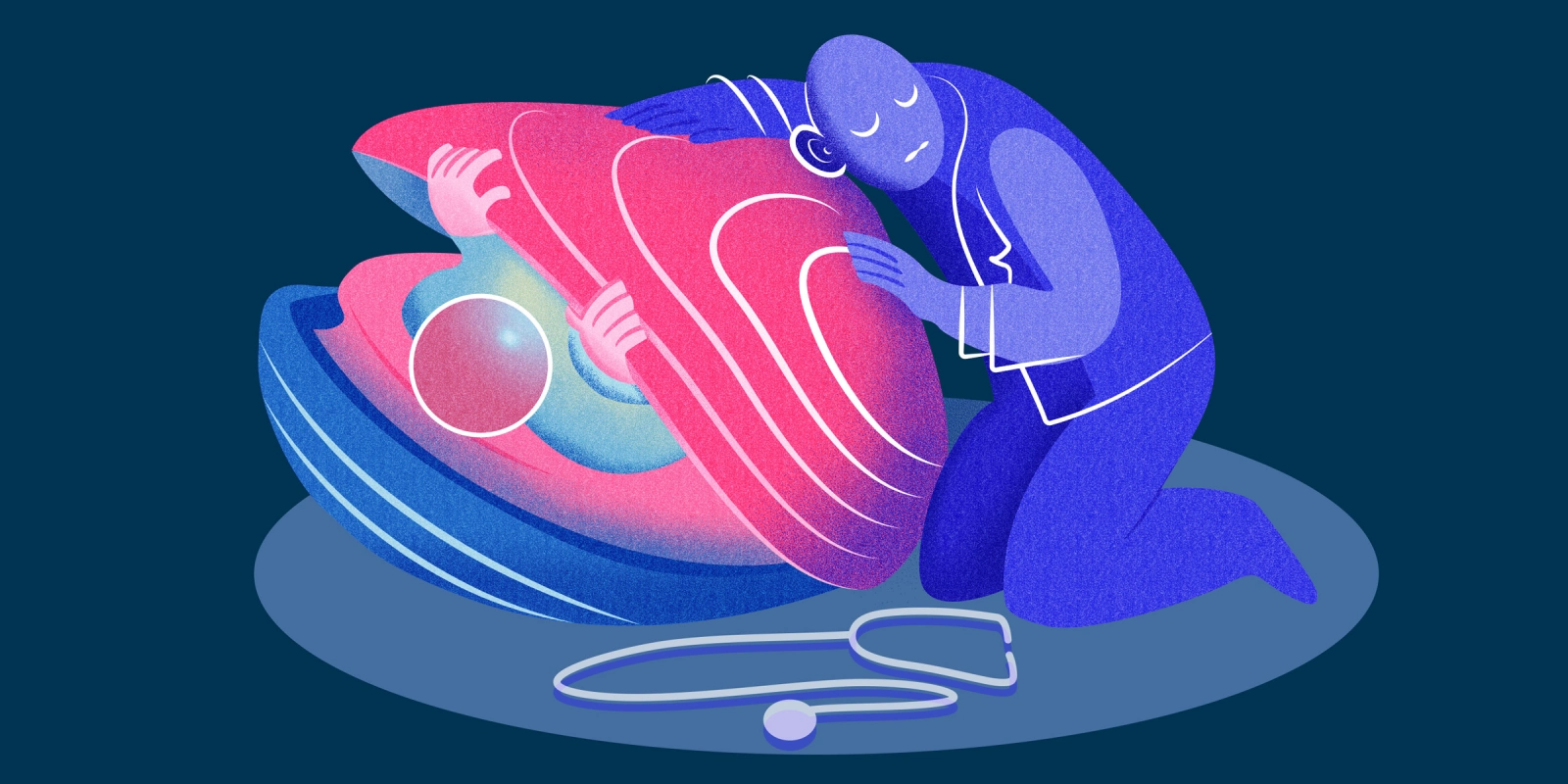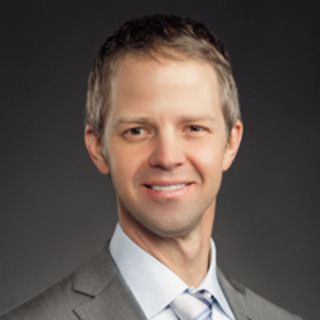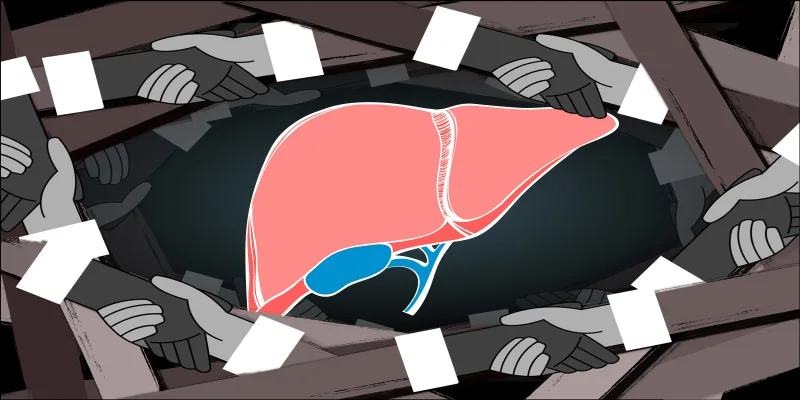Once in a while, I have to confess to a patient, “I do not actually know why you are hurting.” I’ve learned to always frame this conversation as my shortcoming. Still, it is not completely honest because the phrase has two meanings.
First, there is, “I don’t understand the mechanics of what is happening here.” Usually there is an injury that makes sense, a bone contusion, for example, but the patient’s response does not fit the typical pattern. Either the pain is out of proportion to what is typical, or the location or some other feature just does not make anatomic or logical sense.
Second, I often think there is something that I’m missing, something that is not being said.
Either way, I say it’s my failing, because anything else is interpreted as “there is nothing wrong with you” or “it’s all in your head.” But especially as a surgical subspecialist, there are so many things about a person’s life and history that I just don’t get in a standard clinic visit.
Many times the longest clinic visits are the ones where there is very little for me to do but try to make a diagnosis.
That was the case some weeks ago. The patient had fallen onto his knee, prompting visits to urgent care, X-rays, physical therapy, a referral to an orthopaedist, and now an MRI review with a befuddled surgeon. The MRI was essentially normal, and despite physical therapy in the intervening weeks, the patient could barely walk.
When this is the case, I often change direction and say, “Tell me what life looks like for you right now.”
The elderly man in front of me became tearful.
“I recently lost my estranged son in a traffic accident, and I inherited several grandkids I hardly know whose mom cannot take care of them.”
What could hurt more than that?
Of course, his pain was not just physical but also wrapped in his emotional pain and loss. It was no time to discuss surgical management of an anatomic problem, but because that is what I spend most of my day doing, there we were.
I remember that same uneasy confusion the first time I read the classic book “The Body Keeps the Score” by Bessel van der Kolk, MD, about trauma and its emotional and physical connections. At the time I was out of training and no longer working in a Level I trauma center, but many things still puzzled me about my time there.
Why did some people seem to be injured over and over? Why could some cope with their injuries while others could not? Why was pain in some cases uncontrollable and other times almost eerily absent?
While the impact of this work on me cannot be adequately covered here, I was struck by how woefully inadequate my conceptual framework of trauma had been. It dawned on me that trauma was a syndrome in the most classical sense of the word: a group of symptoms that consistently occur together.
According to van der Kolk, dissociation is the essence of trauma. As an example, orthopaedic patients may be reluctant to move the injured limb or to touch it.
Paradoxically, this absence of normal biofeedback signals from walking or using a limb routinely amplifies any signals that are present, such as pain. Hypersensitivity is often the result.
And since the suppressive functions of the prefrontal cortex are kept offline by the chronically activated fight-or-flight response, a positive feedback loop of stress hormones only amplifies and perseverates pain that would normally abate.
Now when I see the classic signs of trauma, I am reminded that my inherent bias is to have the causality backward. I assume that the injury has triggered an emotional response, but it’s usually the other way around. In fact, there is a higher incidence of physical trauma, injury, and falls during times of stress and/or grief.
Thinking more broadly about populations and health disparities, it’s not surprising that trauma happens to certain at-risk populations disproportionately.
My wife spent twice as long working at the trauma center as I did. And from her nursing background she knew this intuitively far better than I did as a physician. She turned to yoga to cope with her own work stress and has now trained and started practice as a yoga therapist to help people reconnect with their bodies and physical movement. Van der Kolk would agree with this combined approach of top-down (meditation and relaxation to focus the central nervous system) and bottom-up (move the body and control your breathing to inhibit the autonomic nervous system).
I recently enrolled in Aikido with my own children. While, admittedly, I signed up because the timing was good and we could all be there together, I quickly came to appreciate Aikido’s emphasis on controlling and redirecting energy, specifically using an attacker’s momentum to redirect or diffuse an attack.
I was later surprised to learn that Aikido was formalized not thousands of years ago, but in the 20th century. It’s a philosophy made more beautiful in the context of a nation groping with the aftermath of loss associated with armed conflict, finding ways to redirect its military energy.
Back in the exam room, I spent some time talking to my patient about his loss. We agreed to talk about his knee itself another day.
On the way home, I thought about the moral injuries surrounding our modern careers and personal lives. With surgeon suicide on the rise, mental health and counseling are needed to optimize the outcomes after injuries both physical and emotional, both in patients and in ourselves.
Understanding trauma as a syndrome like diabetes or heart disease helps us treat patients better. It does not make it easier, or a clinic visit any shorter, but it should give us a clue that sometimes things are not what they appear. Far from being a non-villainized “fifth vital sign,” pain may only be partly physical and may not have a clear anatomic source.
This knowledge should help us treat ourselves better too and should raise our awareness that the treatment may not be something in our typical toolkit. For both physical and emotional trauma, neglect tends to make problems worse and optimal outcomes harder to achieve. Sometimes knowing this is enough.
In the end, recovery takes both time and effort. There are no shortcuts. Good medicine and good health are not passive endeavors.
Brian Gilmer is an orthopaedic sports medicine surgeon in Mammoth Lakes, CA, and Reno, NV. When not commuting and listening to audiobooks, he often sits in silence and thinks about improving himself. He has achieved no degree of mastery in anything in particular, but he tries. He was a 2022–2023 Doximity Op-Med Fellow, and continues as a 2023–2024 Doximity Op-Med Fellow.
Illustration by April Brust







